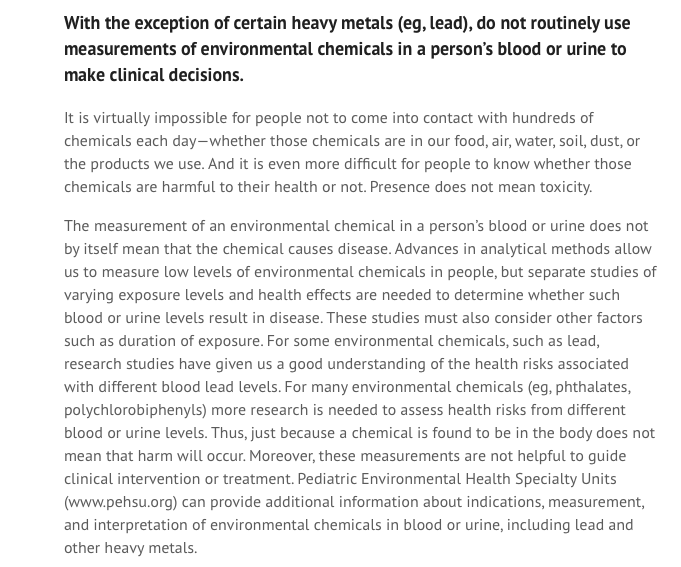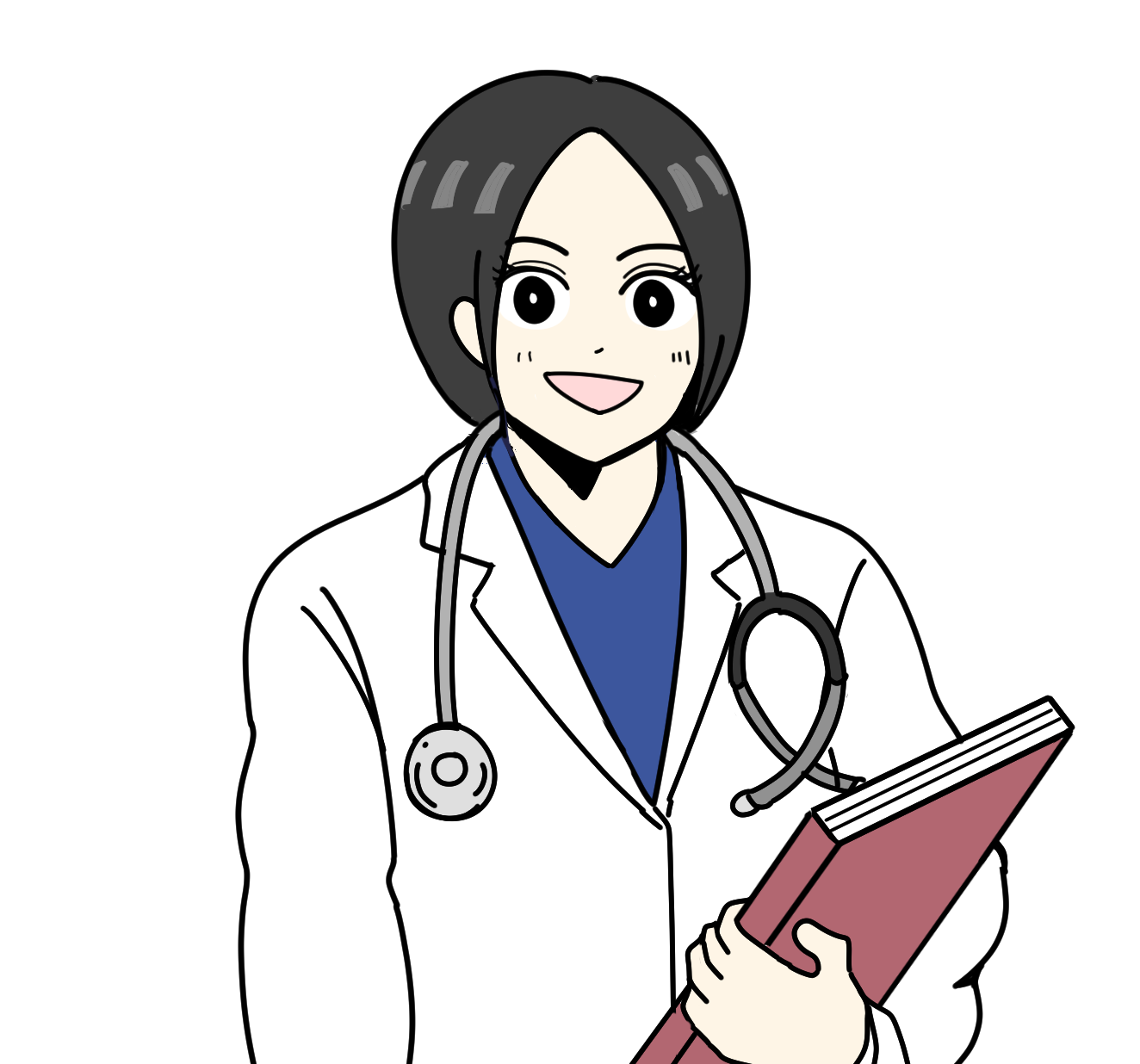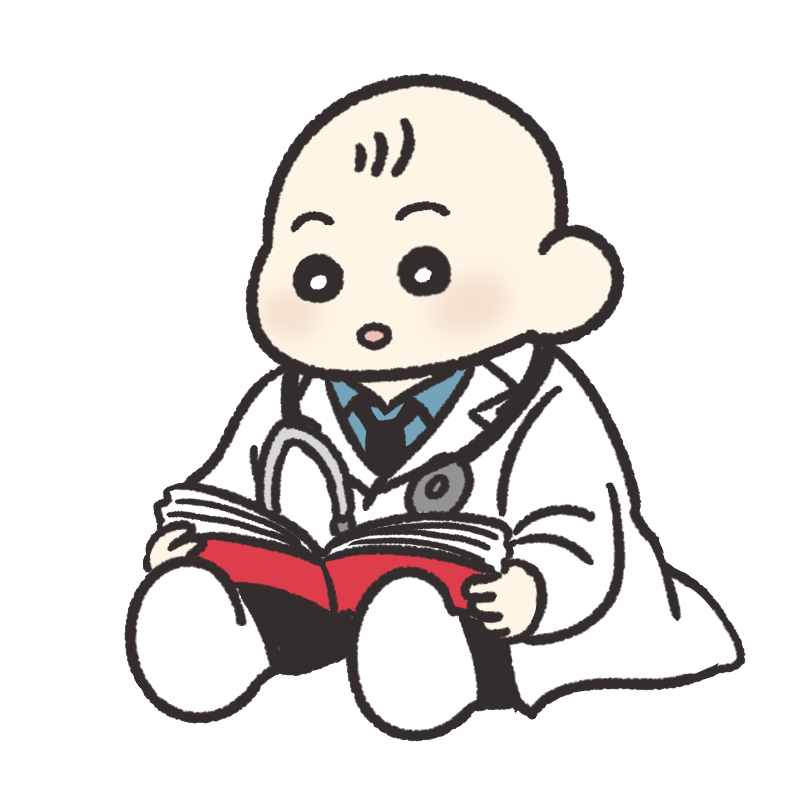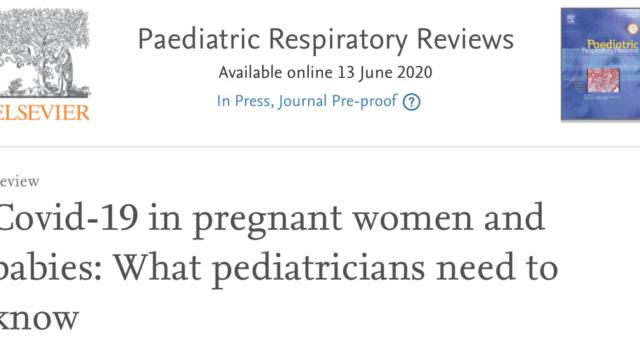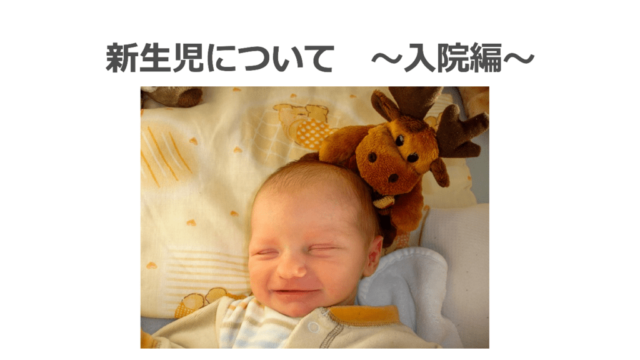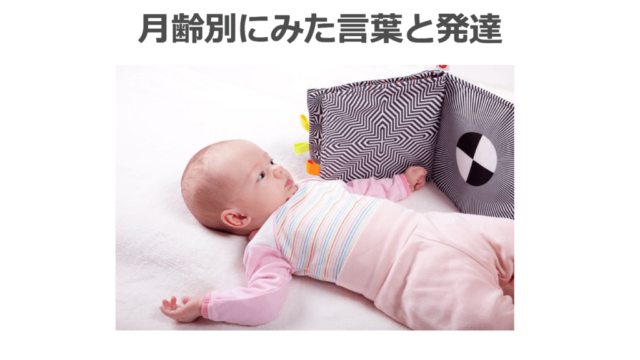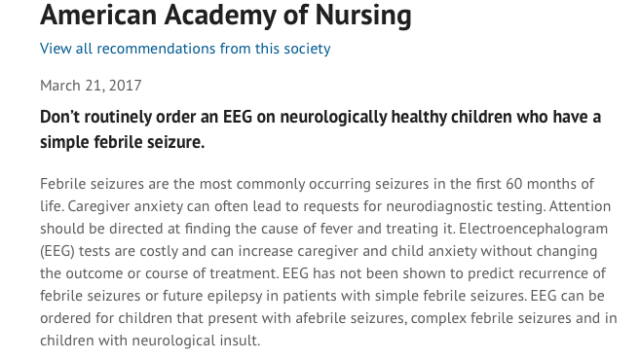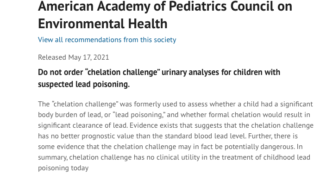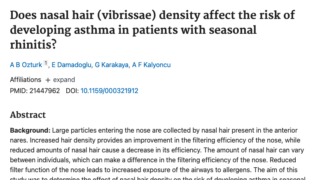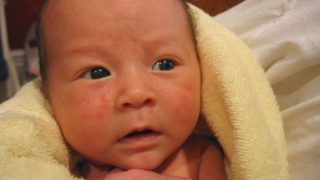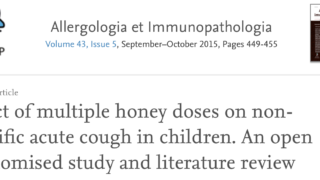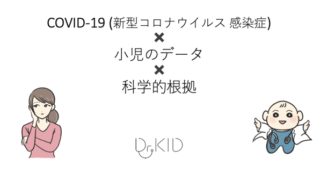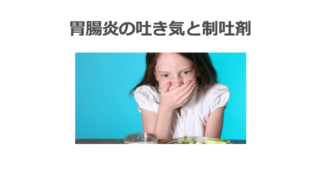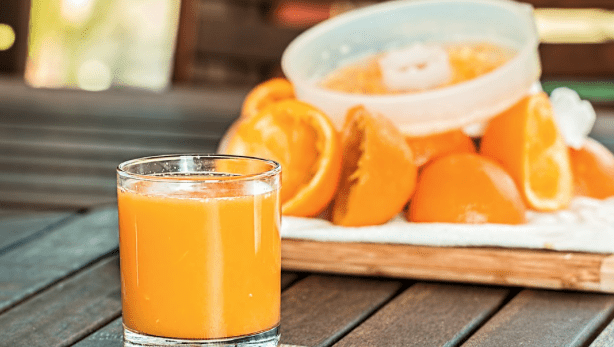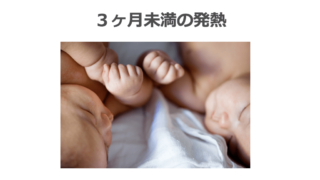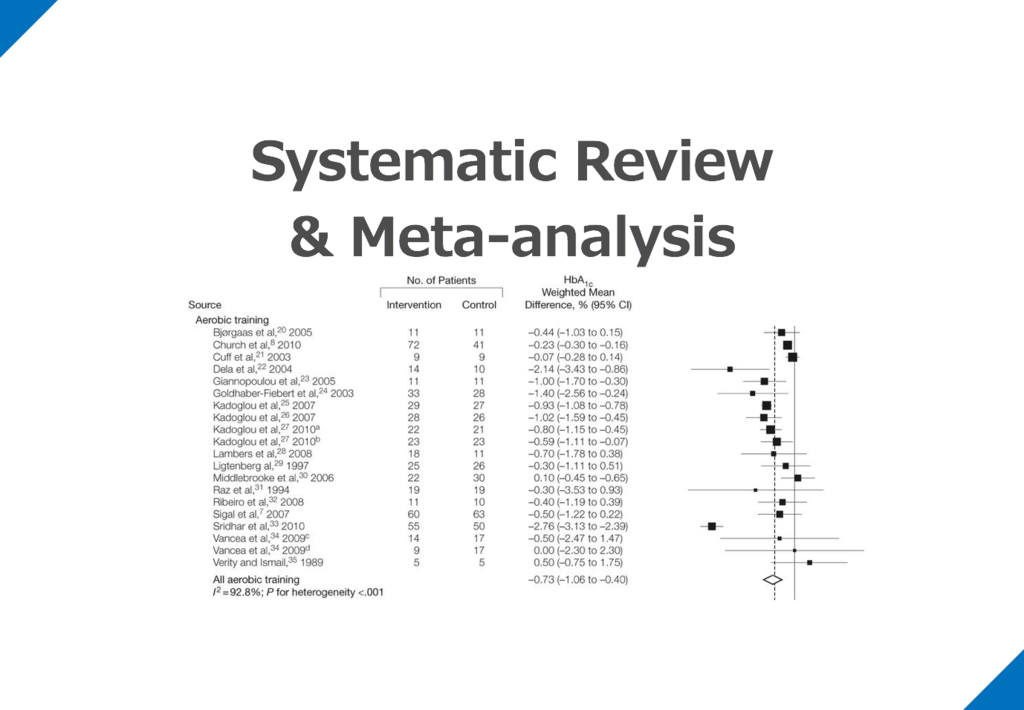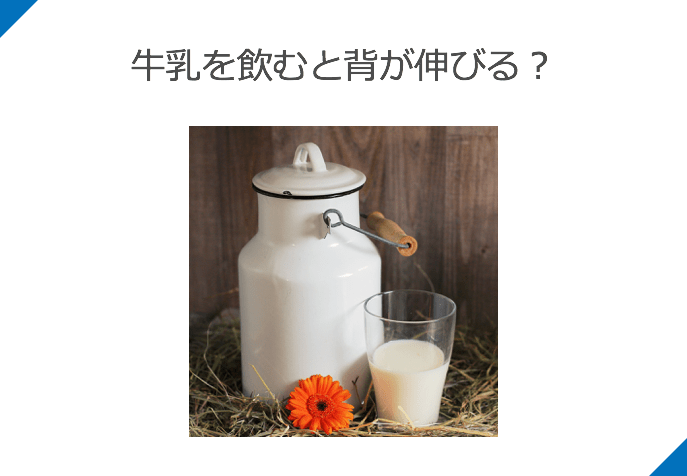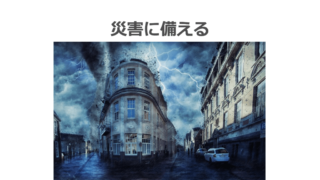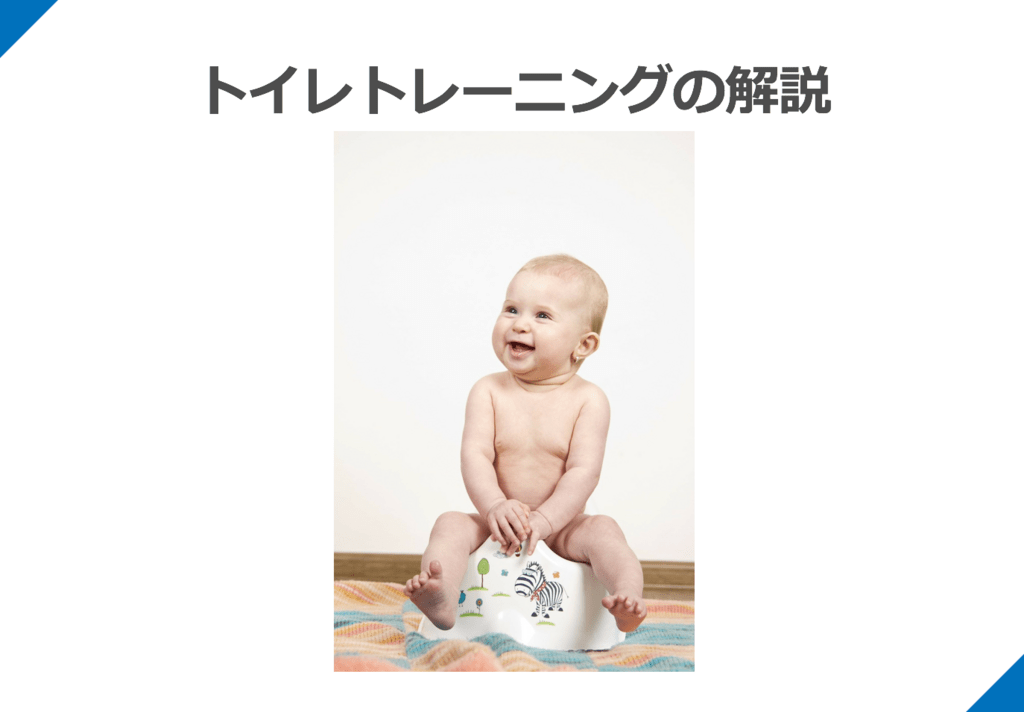今回は、重金属の検査に関してです。
この推奨を「choosing wisely」ではどのように記載されているのか紹介してみようと思います。
- Choosing wisely:重金属の検査
- ルーチンで検査をしない
American Academy of PediatricsからのChoosing Wisely
一部の重金属(鉛など)を除き、人の血液や尿中の環境化学物質の測定値を臨床判断にルーチンで用いない[Choosing wisely]
With the exception of certain heavy metals (eg, lead), do not routinely use measurements of environmental chemicals in a person’s blood or urine to make clinical decisions.
It is virtually impossible for people not to come into contact with hundreds of chemicals each day—whether those chemicals are in our food, air, water, soil, dust, or the products we use. And it is even more difficult for people to know whether those chemicals are harmful to their health or not. Presence does not mean toxicity.
The measurement of an environmental chemical in a person’s blood or urine does not by itself mean that the chemical causes disease. Advances in analytical methods allow us to measure low levels of environmental chemicals in people, but separate studies of varying exposure levels and health effects are needed to determine whether such blood or urine levels result in disease. These studies must also consider other factors such as duration of exposure. For some environmental chemicals, such as lead, research studies have given us a good understanding of the health risks associated with different blood lead levels. For many environmental chemicals (eg, phthalates, polychlorobiphenyls) more research is needed to assess health risks from different blood or urine levels. Thus, just because a chemical is found to be in the body does not mean that harm will occur. Moreover, these measurements are not helpful to guide clinical intervention or treatment. Pediatric Environmental Health Specialty Units (www.pehsu.org) can provide additional information about indications, measurement, and interpretation of environmental chemicals in blood or urine, including lead and other heavy metals.
一部の重金属(鉛など)を除き、人の血液や尿中の環境化学物質の測定値を臨床判断にルーチンで用いない。
食品、空気、水、土壌、粉塵、使用している製品などに含まれている化学物質を含め、人々が毎日何百もの化学物質に接触しないことは事実上不可能です。そして、それらの化学物質が自分の健康に害を及ぼすかどうかを知ることは、さらに困難です。含有しているからといって毒性があるわけではありません。
人の血液や尿中に環境化学物質が含まれていても、それだけでその化学物質が病気の原因となるわけではありません。分析方法の進歩により、低濃度の環境化学物質を測定できるようになったが、そのような血液や尿中の濃度が病気の原因となるかどうかを判断するには、さまざまな暴露レベルと健康への影響についての個別の研究が必要である。また、これらの研究では、暴露期間などの他の要因も考慮する必要があります。鉛のような一部の環境化学物質については、調査研究により、血中濃度の違いによる健康リスクについて十分な理解が得られている。しかし、多くの環境化学物質(フタル酸エステル類、ポリクロロビフェニル類など)については、血中濃度や尿中濃度の違いによる健康リスクを評価するために、さらなる研究が必要である。このように、ある化学物質が体内に存在することがわかったからといって、それが害をもたらすとは限らない。また、これらの測定値は、臨床的な介入や治療の指針となるものではありません。小児環境保健専門ユニット(www.pehsu.org)では、鉛などの重金属を含む、血中または尿中の環境化学物質の適応、測定、解釈に関する追加情報が提供されています。
考察と感想
重金属の検査に関してでした。
重金属や環境物質の調査は数多くされていますが、なかなか解釈が難しいですね。
参考文献も読んでみようと思います:
Centers for Disease Control and Prevention. Fourth National Report on Human Exposure to Environmental Chemicals. Atlanta, GA: Centers for Disease Control and Prevention, US Department of Health and Human Services; 2009. Available at: https://www.cdc.gov/exposurereport/pdf/fourthreport.pdf
Centers for Disease Control and Prevention. National Biomonitoring Program. Biomonitoring: Making a Difference [presentation]. Available at: https://www.cdc.gov/biomonitoring/ biomonitoring_presentation.html
まとめ
今回は、重金属の検査に関するchoosing wiselyをご紹介しました。
これ以外にも項目が出ているようなので、コツコツと読んでいこうと思います。
(2025/04/18 15:52:26時点 Amazon調べ-詳細)
Dr. KIDの執筆した書籍・Note
医学書:小児のかぜ薬のエビデンス
小児のかぜ薬のエビデンスについて、システマティックレビューとメタ解析の結果を中心に解説しています。
また、これらの文献の読み方・考え方についても「Lecture」として解説しました。
1冊で2度美味しい本です:
(2025/04/19 05:56:25時点 Amazon調べ-詳細)
小児の診療に関わる医療者に広く読んでいただければと思います。
医学書:小児の抗菌薬のエビデンス
こちらは、私が3年間かかわってきた小児の抗菌薬の適正使用を行なった研究から生まれた書籍です。
日本の小児において、現在の抗菌薬の使用状況の何が問題で、どのようなエビデンスを知れば、実際の診療に変化をもたらせるのかを、小児感染症のエキスパートの先生と一緒に議論しながら生まれた書籍です。
noteもやっています
当ブログの注意点について
当ブログは医療関係者・保護者の方々に、科学的根拠に基づいた医療情報をお届けするのをメインに行なっています。参考にする、勉強会の題材にするなど、個人的な利用や、閉ざされた環境で使用される分には構いません。
一方で、当ブログ記事を題材にして、運営者は寄稿を行なったり書籍の執筆をしています。このため運営者の許可なく、ブログ記事の盗用、剽窃、不適切な引用をしてメディア向けの資料(動画を含む)として使用したり、寄稿をしないようお願いします。
ブログの記載やアイデアを公的に利用されたい場合、お問い合わせ欄から運営者への連絡お願いします。ご協力よろしくお願いします。
